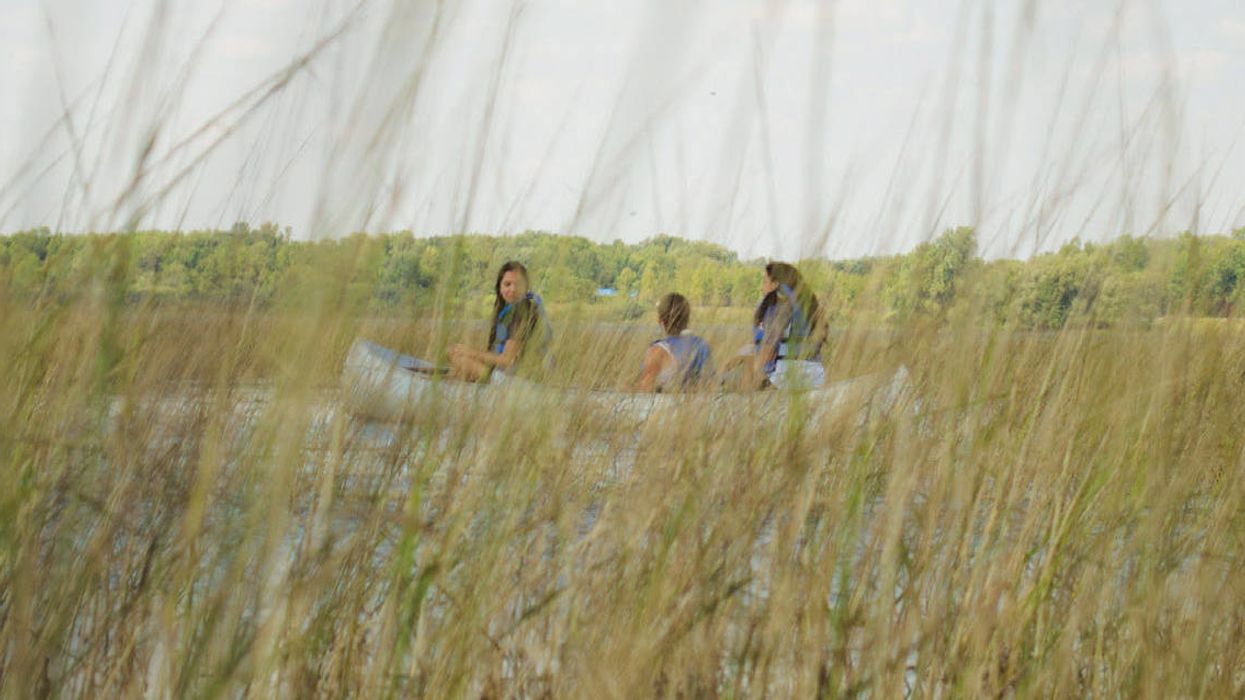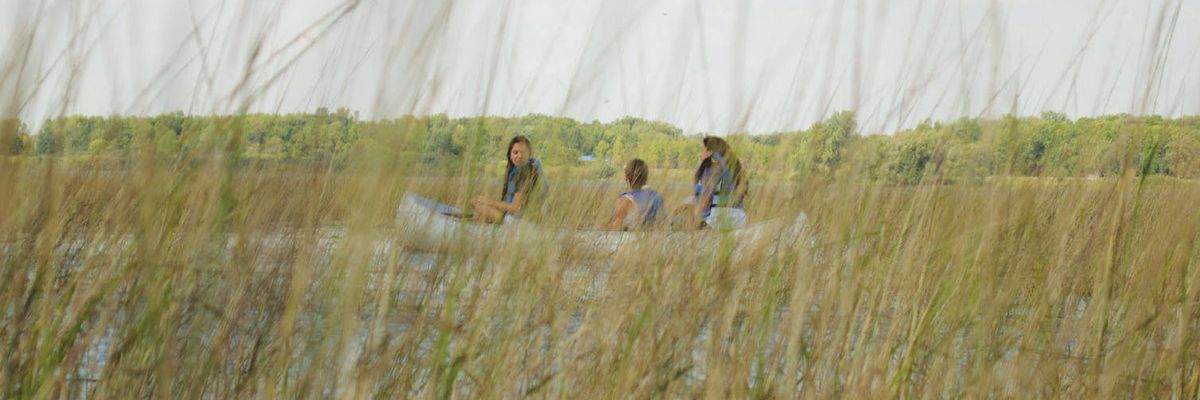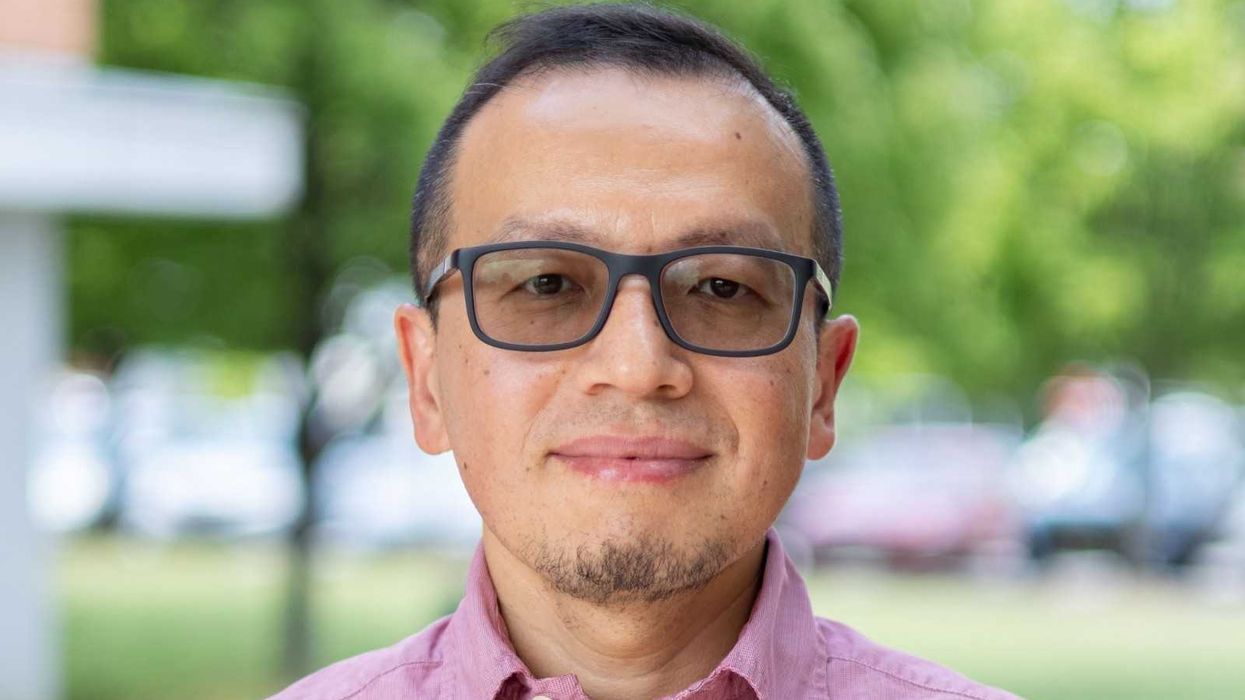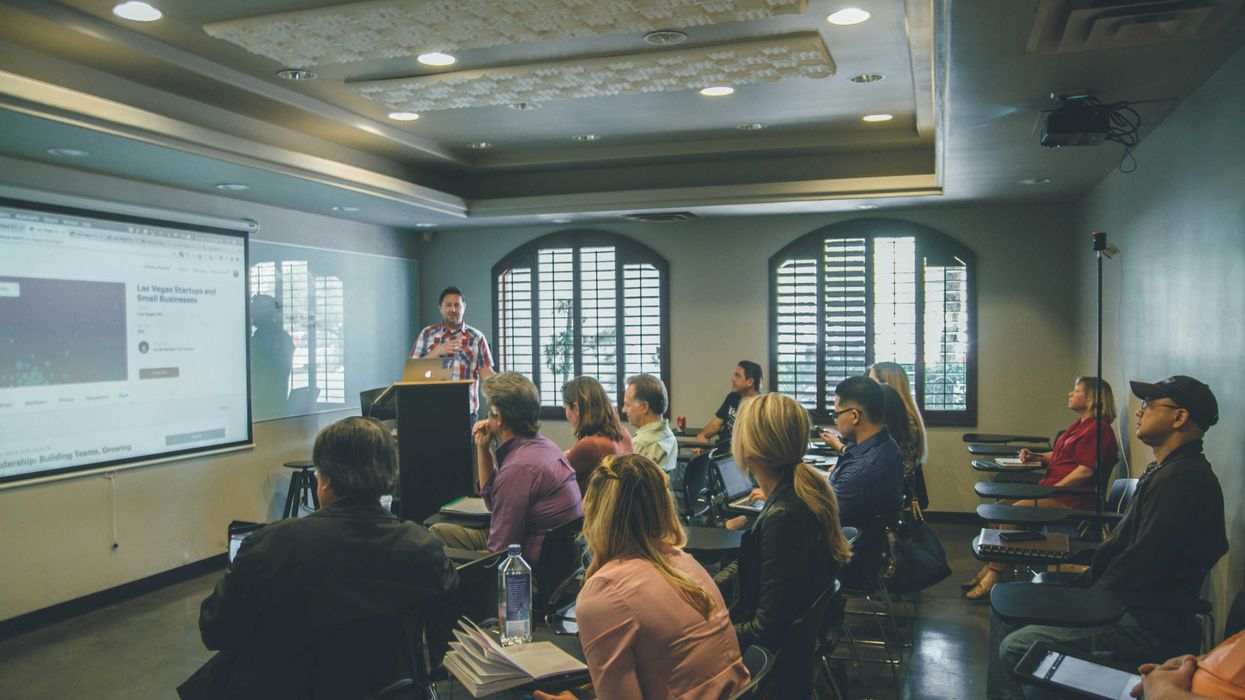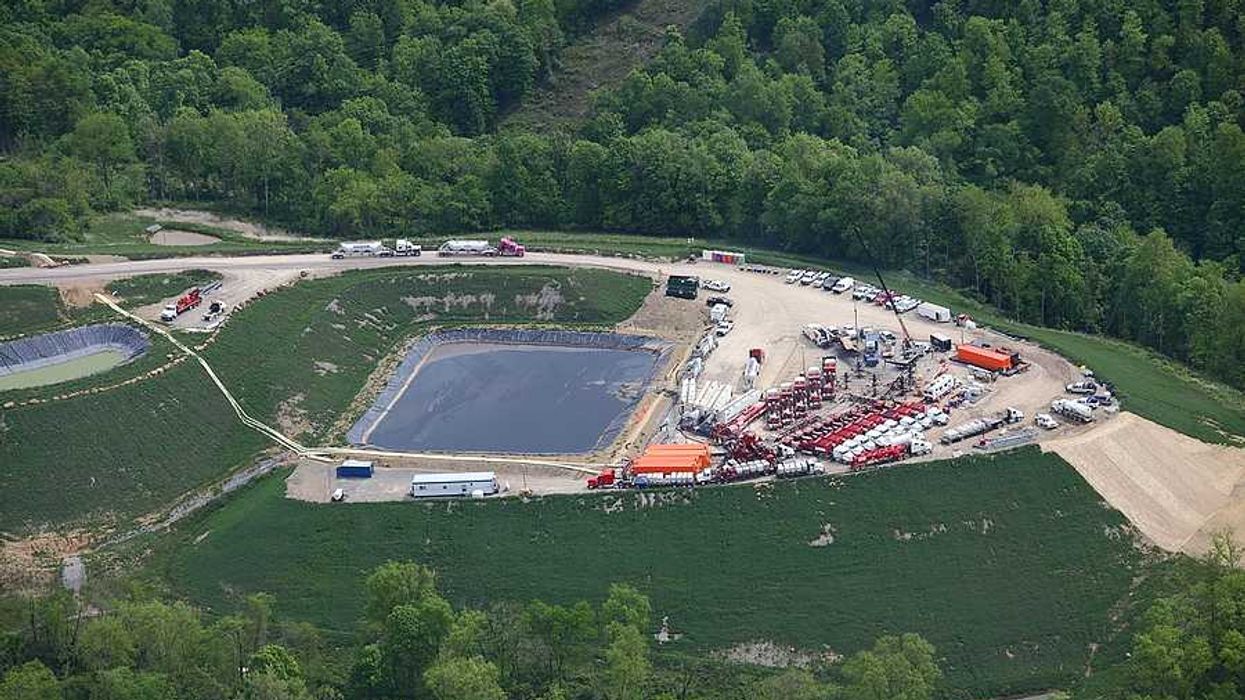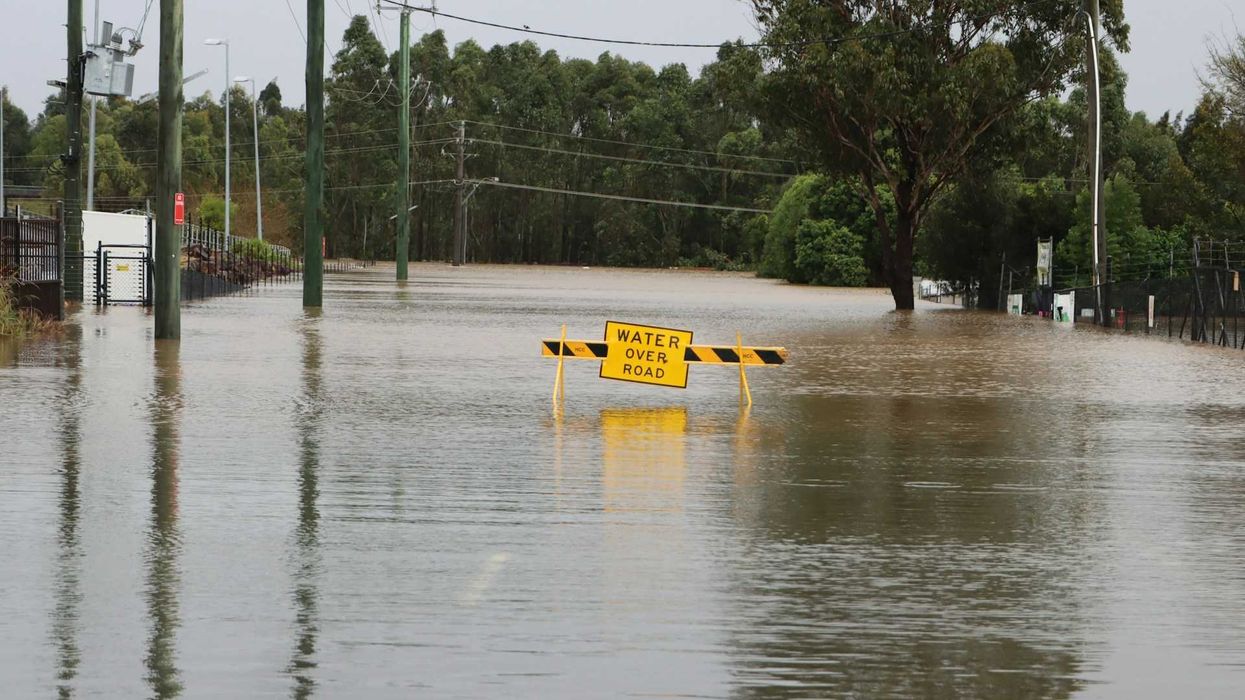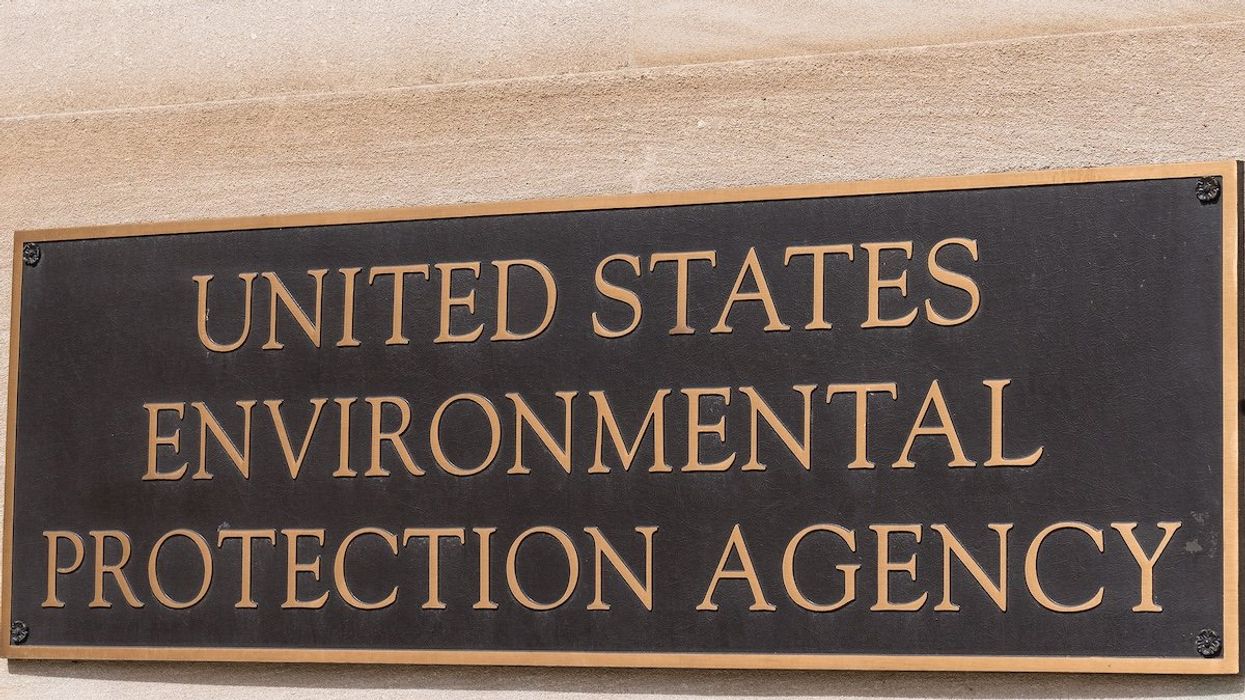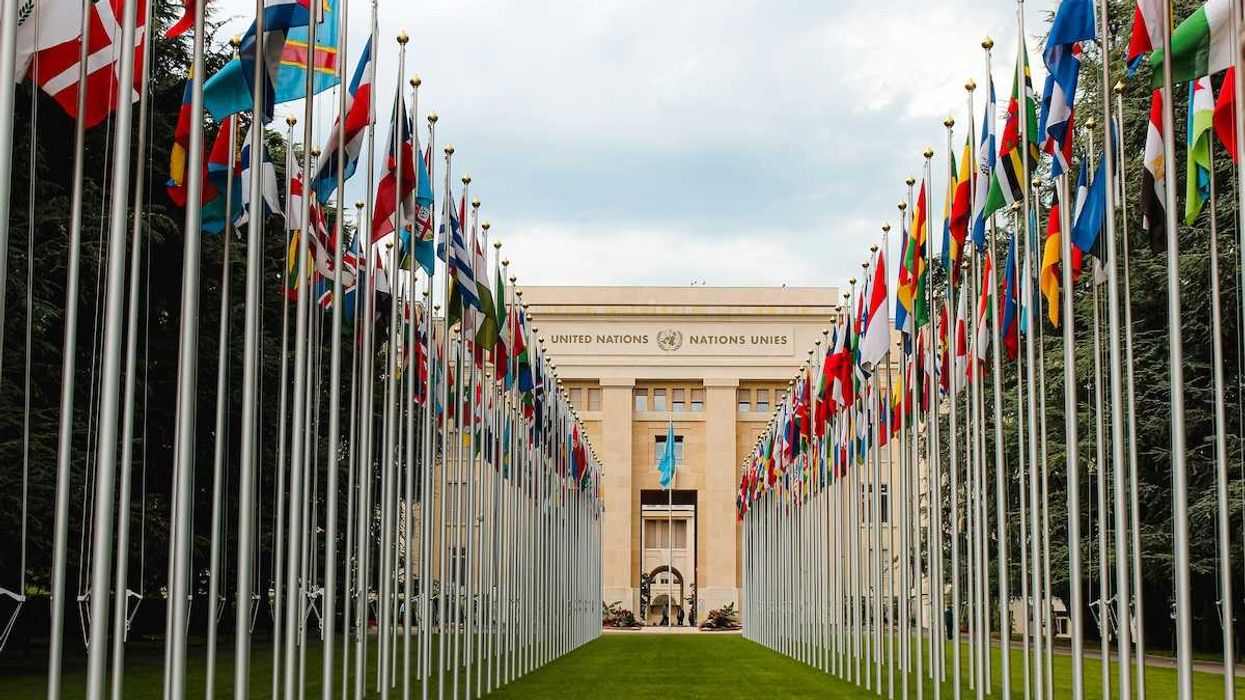"This is God's country here," an Akwesasne Mohawk woman explained to me as we sat at her kitchen table over cups of coffee.
She stared past me out her kitchen window that overlooks the St. Lawrence River, and the General Motors Central Foundry. She had just been describing how she stood in her front yard and watched men in "moon suits" work to clean up the industrial site a few years prior.
Akwesasne is a Mohawk community that straddles the borders of New York, Ontario and Quebec. The portion south the United States/Canadian border is known as the St. Regis Mohawk Reservation.
The portion north of the border is known as the Akwesasne Mohawk Reserve. The entire community, currently about 13,000 people spanning across 25,712 acres, is called Akwesasne, "land where the partridge drums."
Sitting at the confluence of the St. Lawrence, St. Regis, Raquette, Grasse, and Salmon Rivers, the community has relied for generations on the abundance of fish and wildlife and the rich alluvial soils.
Akwesasne is downwind, down river, and down gradient from one federal and two state Superfund sites, one of which, General Motors (GM) was placed on the National Priorities List.
"They'd come in here in their space suits and take your water, a sample of it. If that's not alarming, then I don't know what is."
She described how "we used to play in that dump. We used to go play in it. We would just scavenge in the junk and go sort through it, pick aluminum and stuff like that, play with paint."
She reduced the family's fish consumption after the St. Regis Mohawk Tribal government issued advisories against eating locally caught fish, and after her husband started noticing changes in the fish. But she was not sure these changes came in time to protect their health.
She had always wanted a big family, but several miscarriages (which she connected to exposure to the contamination) made that impossible.
Even so, when I asked her if she ever considered moving, she said no.
As a resident of the Raquette Point region of the St. Regis Mohawk reservation, she had the dubious honor of both living on a beautiful waterfront property, and having a front row seat to observe a Superfund cleanup.
"Are you kidding me, I live in heaven!"
Another resident, Mark, lived a little farther downriver. He described his battle with cancer and told me that the residents of Raquette Point were constantly barraged with pollution from three local industrial sites: General Motors, Reynolds Metals and the Aluminum Company of America (Alcoa).
We talked about whether contamination from these industrial plants had impacted the number of gardens that had been planted in Akwesasne, a community where gardens are materially and symbolically important. He told me: "I decided to keep eating . . . No, I never did stop planting."
He went on: "I never did stop planting, you know. Hoping that...the stuff I produced was healthier than what I bought from an unknown source, you know, at least I knew the pollutants I was getting from the yard, so I could say yeah, mine is polluted but it's my own pollution. I don't know, that doesn't make sense but somewhere in my head it did."
As far as Mark was concerned, it seemed that all food had the chance of being somewhat tainted, so by continuing to produce his own gardens he at least had some modicum of control over the source of this contamination.
When I asked him if he had ever considered moving to even another portion of the reservation, he replied, "Are you kidding me, I live in heaven!"
Beauty, history and environmental devastation
These conversations are emblematic of the complicated feelings that many Akwesasro:non, "people of Akwesasne," expressed about their homeland, a place that has sustained Indigenous people for eons but has been impinged on by environmental contamination as well as state and federal governments.
These two examples are drawn from dozens, all collectively emphasizing the strange tension between the beauty, history, and productivity of the land and the devastating environmental impact of industry.
As people reputed to be fighters and activists, Mohawks have battled to preserve who they are, confronting state and federal governments and the scientific industrial complex to maintain their homeland.
At first glance the situation of Akwesasne Mohawk would appear a standard case of environmental racism, but the proliferation of borders and boundaries, the disconnect between overlapping agencies and identities, and the distinctiveness of local cultural history sets this particular case apart and demonstrates a need to examine it on its own terms.
This excerpt is adopted from Elizabeth Hoover's new book, The River Is in Us: Fighting Toxics in a Mohawk Community. (University of Minnesota Press, 2017). Copyright 2017 by the Regents of the University of Minnesota. Used by permission of the University of Minnesota Press.
Elizabeth Hoover is a Manning Assistant Professor of American Studies at Brown University

